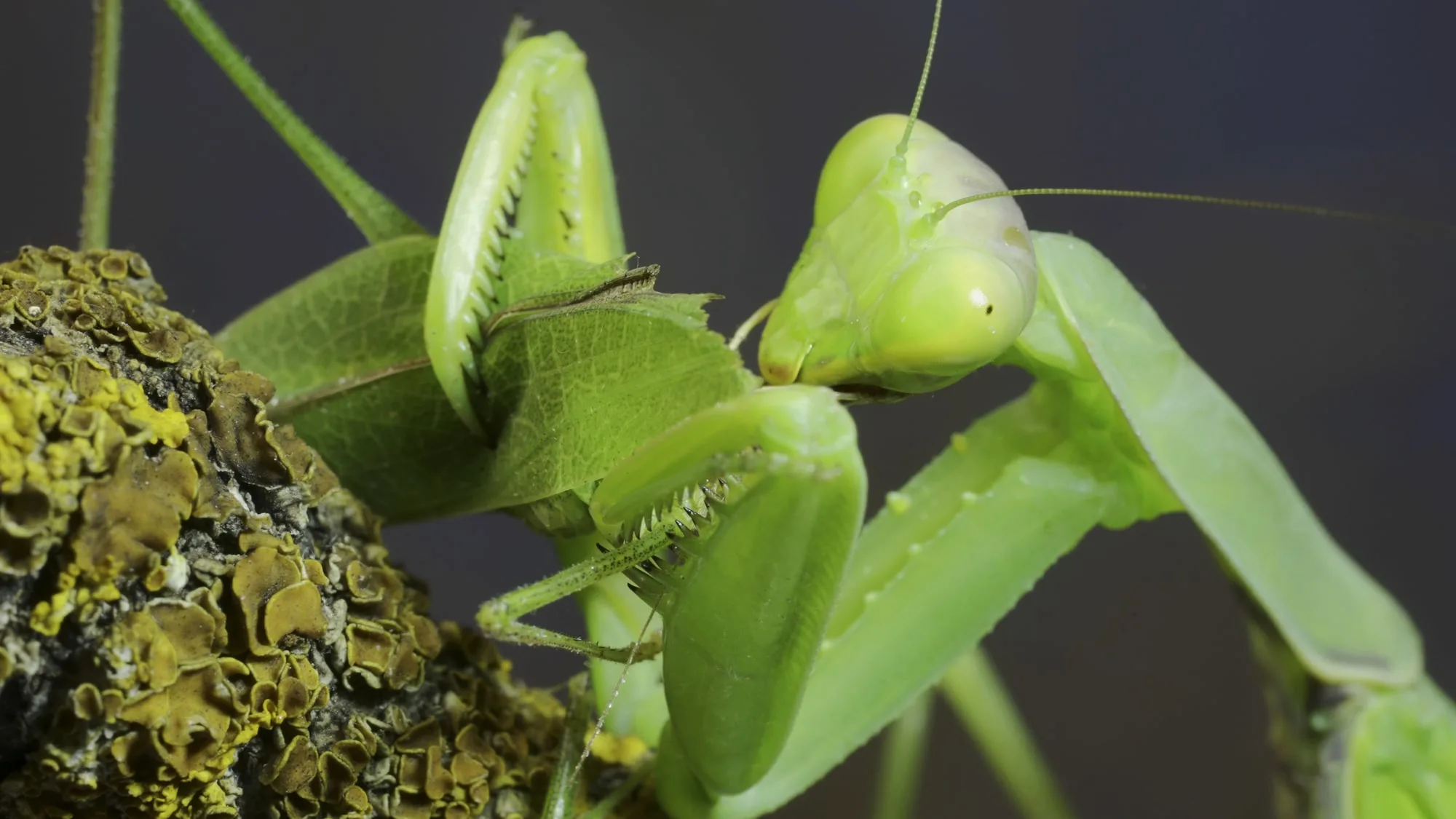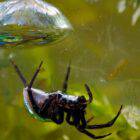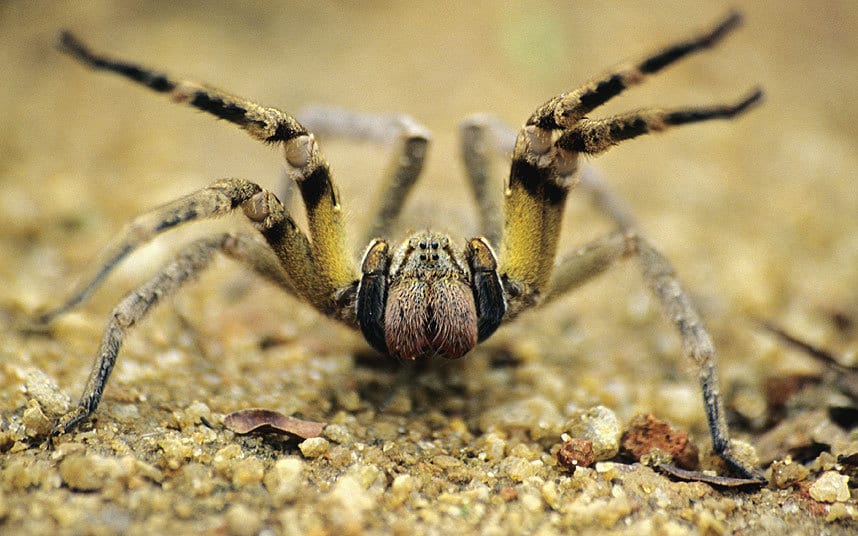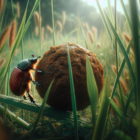Why do female spiders kill male spiders after sex?

Sexual cannibalism, wherein a female spiders consume males after mating, occurs in various spider species but is not universal. The prevalence of this behavior varies among different spider families and species.
One prevalent hypothesis is that female spiders resort to cannibalism for nutritional gains. In certain spider species, males are smaller and provide a significant nutrient boost to the female. By consuming the male, the female may acquire additional nutrients, particularly proteins, which could be vital for egg development and enhancing the female’s reproductive success.
Mate Choice and Paternity Protection
The act of cannibalizing their mates serves as a mechanism aimed at securing the ultimate success of their offspring. By consuming their mates, female spiders can optimize their reproductive fitness.
Paternity Assurance
The phenomenon of sexual cannibalism in spiders underscores a strategic means for females to exercise mate choice and exercise control over paternity. By selectively consuming certain mates, females can exert influence over the genetic composition of their offspring, favoring individuals with desirable traits or genetic compatibility.
This strategic approach not only maximizes the transmission of advantageous genes to future generations but also reinforces the female’s reproductive autonomy and adaptive fitness within their ecological niche.
In some cases, researchers speculate that female spiders might engage in cannibalism to assess the genetic quality of their mates. By evaluating the male’s quality during copulation and consuming him after, the female can optimize her chances of passing on high-quality genes to her offspring, enhancing their overall fitness and survival prospects.
Resource Allocation and Reproductive Success
Beyond its apparent role in securing sustenance, post-mating cannibalism may also serve as a strategic means for females to acquire additional resources vital for reproductive success.
By consuming the male’s body, females can access valuable nutrients, proteins, and other essential compounds that can significantly enhance their physiological condition. These acquired resources can play an important role in supporting the development of the female’s eggs, ensuring optimal conditions for embryonic growth and viability.
Consequently, offspring originating from females engaging in post-mating cannibalism may exhibit enhanced fitness and vigor, ultimately contributing to the reproductive success of the species. Thus, far from being a mere act of consumption, post-mating cannibalism emerges as a complex and adaptive strategy aimed at maximizing reproductive outcomes in certain animal populations.
Evolutionary Implications
Sexual cannibalism, where a female spider consumes the male after mating, presents intriguing evolutionary implications, serving as a lens into the complex interplay of mating strategies and reproductive success within spider populations.
Selective Pressures and Mating Strategies
Sexual cannibalism is believed to exert selective pressures that shape the behaviors and reproductive strategies of male spiders. In species where cannibalism occurs, males may evolve various adaptations to increase their chances of successful copulation while avoiding becoming a meal.
Male Mating Strategies
To minimize the risk of being cannibalized, male spiders might employ mating tactics that decrease the likelihood of being consumed. These strategies could include extended courtship rituals, secretion of pheromones that appease or distract the female, or other behavioral adaptations aimed at reducing the female’s predatory tendencies.
Female Fitness and Reproductive Success
From the female spider’s perspective, sexual cannibalism might confer adaptive advantages by providing critical nutrients for egg development and enhancing reproductive success. Consuming the male may ensure a higher quantity or quality of eggs, contributing to the survival and fitness of the female’s offspring.
Influence on Species Behavior
The presence of sexual cannibalism may influence mating behaviors and male strategies across spider species. This behavior could lead to evolutionary changes in male morphology, behavior, or mating rituals as males adapt to reduce the risks associated with mating.

Scientific Research and Observations
Scientific research and observations have played a pivotal role in unraveling the intricacies of sexual cannibalism in spiders. Researchers and arachnologists have conducted extensive studies, both in laboratory settings and in the field, to better understand the underlying reasons and potential advantages of this behavior.
Maydianne Andrade, a prominent arachnologist, has conducted significant research on sexual cannibalism, particularly in black widow spiders. Her studies focused on exploring the factors that trigger cannibalistic behaviors and investigating the trade-offs between mating and survival. Through controlled experiments and field observations, she sought to determine whether sexual cannibalism could be attributed to nutrition, mate choice, or other factors.
Marie Herberstein, known for her work in behavioral ecology, has contributed to the understanding of sexual cannibalism in orb-weaving spiders. Her research delved into the intricacies of spider mating behaviors and the potential role of sexual cannibalism in influencing male strategies, such as mate guarding and copulation duration.
In addition, Eberhard Schneider conducted extensive studies on the mating behaviors and reproductive strategies of various spider species, shedding light on the potential adaptive significance of sexual cannibalism. His research aimed to understand the evolutionary implications of this behavior and its influence on male and female reproductive success.
However, it’s important to note that sexual cannibalism in spiders is not a universal behavior. Factors such as species-specific mating rituals, environmental conditions, and the nutritional state of the female can all influence the occurrence and frequency of cannibalistic behaviors.










